For all their supposed benefits, homeowner’s associations (HOAs) have a reputation of quickly turning otherwise quaint neighborhoods into a sort of Stanford prison experiment, as those who get even the slightest amount of power often abuse it. Arbitrary rules and enforcement abound about house color, landscaping, parking, and if you’ve ever operated a radio, antennas. While the FCC (at least as far as the US is concerned) does say that HOAs aren’t permitted to restrict the use of antennas, if you don’t want to get on anyone’s bad side you’ll want to put up an antenna like this one which is disguised as a set of HOA-friendly holiday lights.
For this build, a long wire is hidden along with a strand of otherwise plain-looking lights. While this might seem straightforward at first, there are a few things that need to be changed on the lighting string in order to make both the antenna and the disguise work. First, the leads on each bulb were removed to to prevent any coupling from the antenna into the lighting string. Clipping the leads turns what is essentially a long wire that might resonate with the antenna’s frequency into many short sections of wire which won’t have this problem. This also solves the problem of accidentally illuminating any bulbs when transmitting, as the RF energy from the antenna could otherwise transfer into the lighting string and draw attention from the aforementioned HOA.
Tests of this antenna seemed to show surprising promise while it was on the ground, but when the string and antenna was attached to the roof fascia the performance dropped slightly, presumably because of either the metal drip edge or the gutters. Still, the antenna’s creator [Bob] aka [HOA Ham] had excellent success with this, making clear contacts with other ham radio operators hundreds of miles away. We’ve shared another of [Bob]’s HOA-friendly builds below as well which hides the HF antenna in the roof’s ridge vent, and if you’re looking for other interesting antenna builds take a look at this one which uses a unique transformer to get wide-band performance out of an otherwise short HF antenna.
Continue reading “Antenna Hidden In Holiday Lights Skirts HOA Rules”

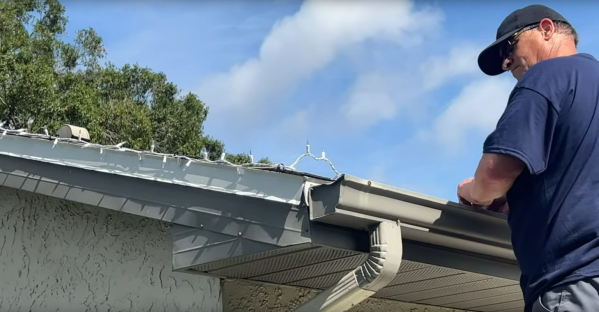

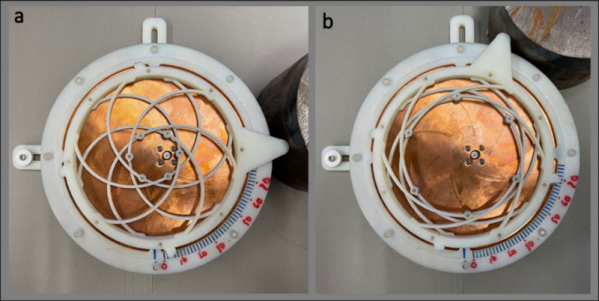
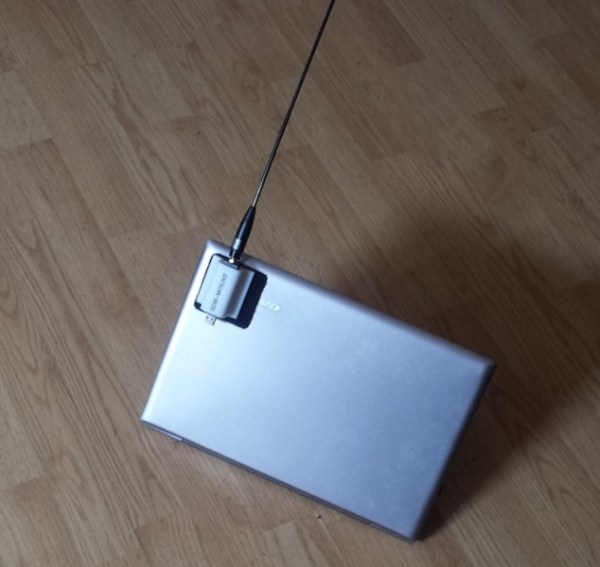
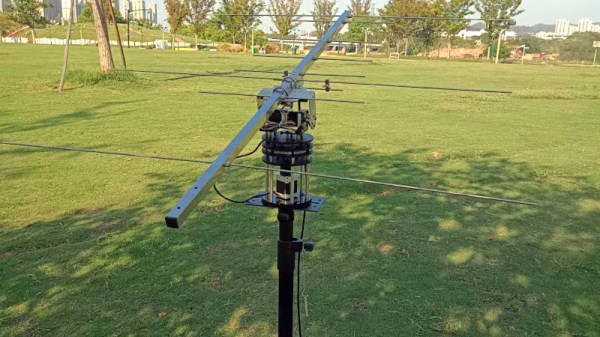
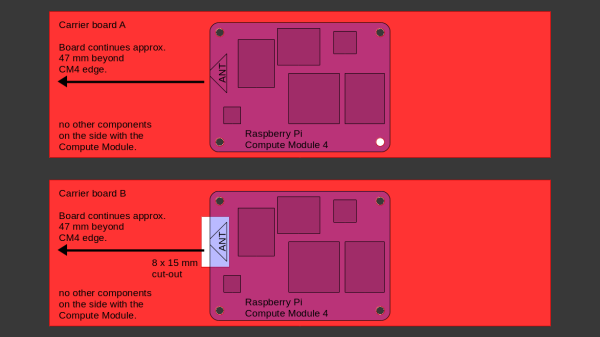
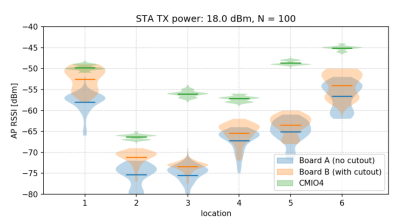 After setting up some test locations and writing a few scripts for ease of testing, [Avian] recorded the experiment data. Having that data plotted, it would seem that, while presence of an under-antenna cutout helps, it doesn’t affect RSSI as much as the module placement does. Of course, there’s way more variables that could affect RSSI results for your own designs – thankfully, the scripts used for logging are available, so you can test your own setups if need be.
After setting up some test locations and writing a few scripts for ease of testing, [Avian] recorded the experiment data. Having that data plotted, it would seem that, while presence of an under-antenna cutout helps, it doesn’t affect RSSI as much as the module placement does. Of course, there’s way more variables that could affect RSSI results for your own designs – thankfully, the scripts used for logging are available, so you can test your own setups if need be.










